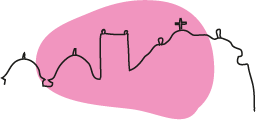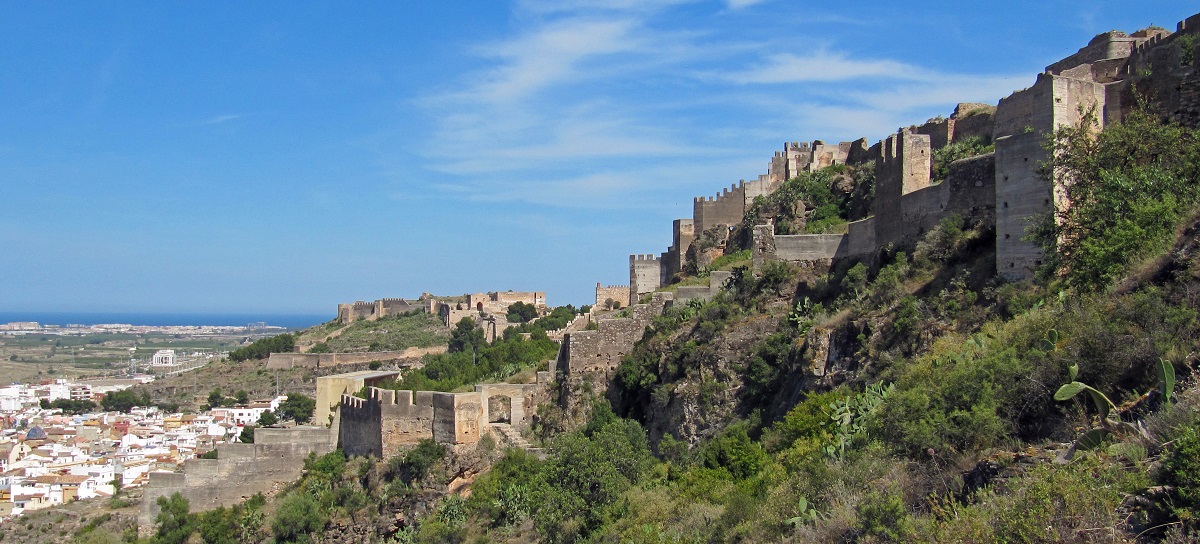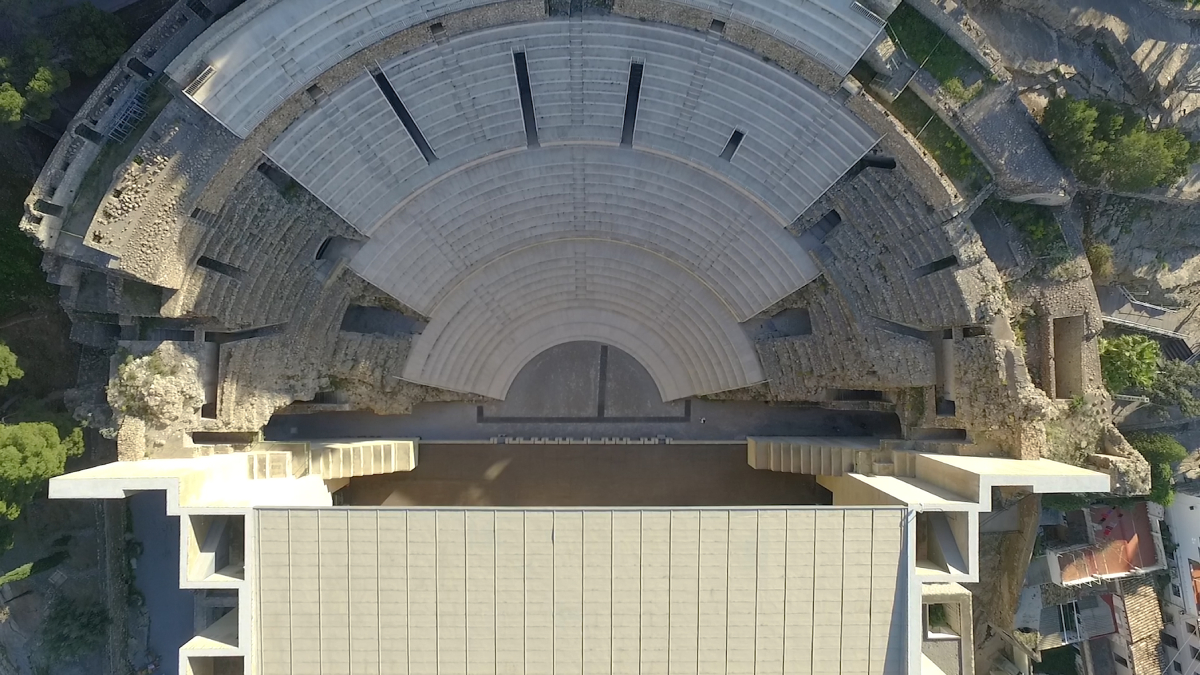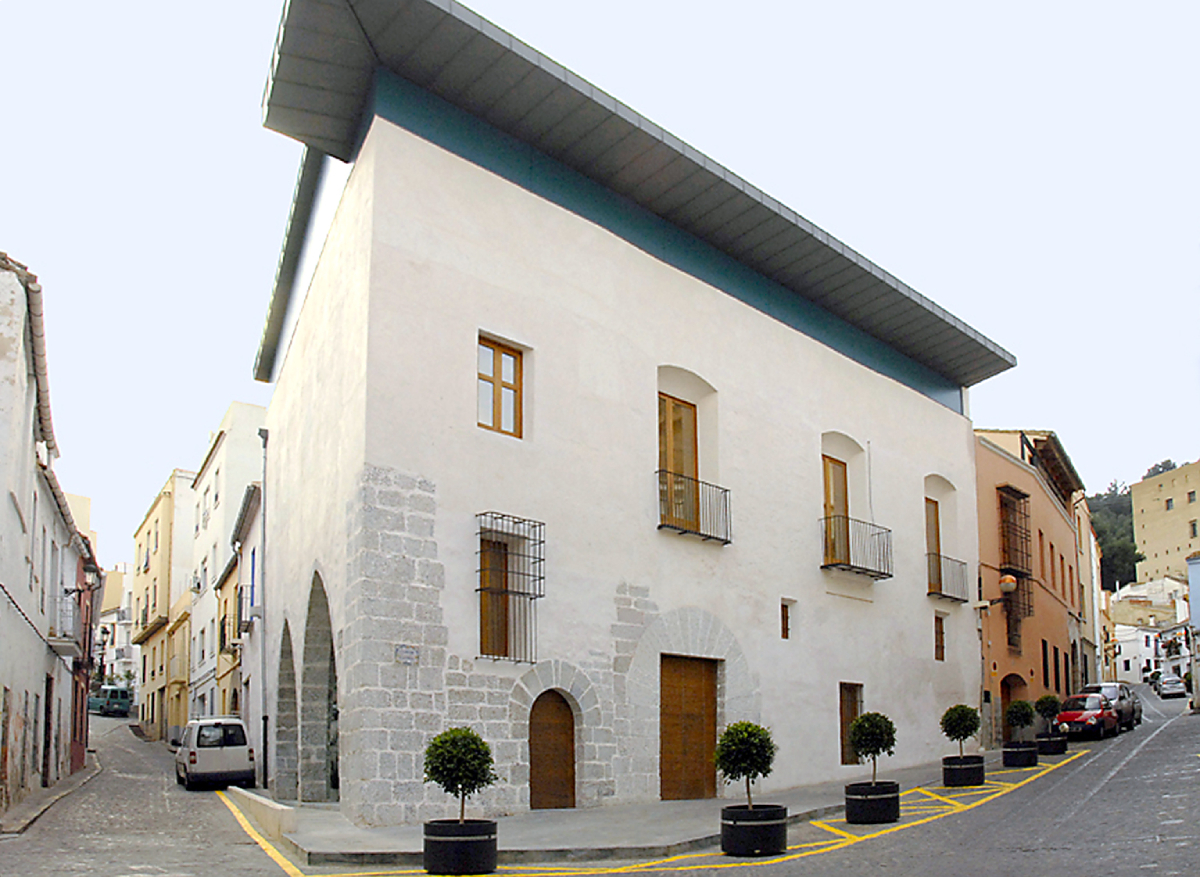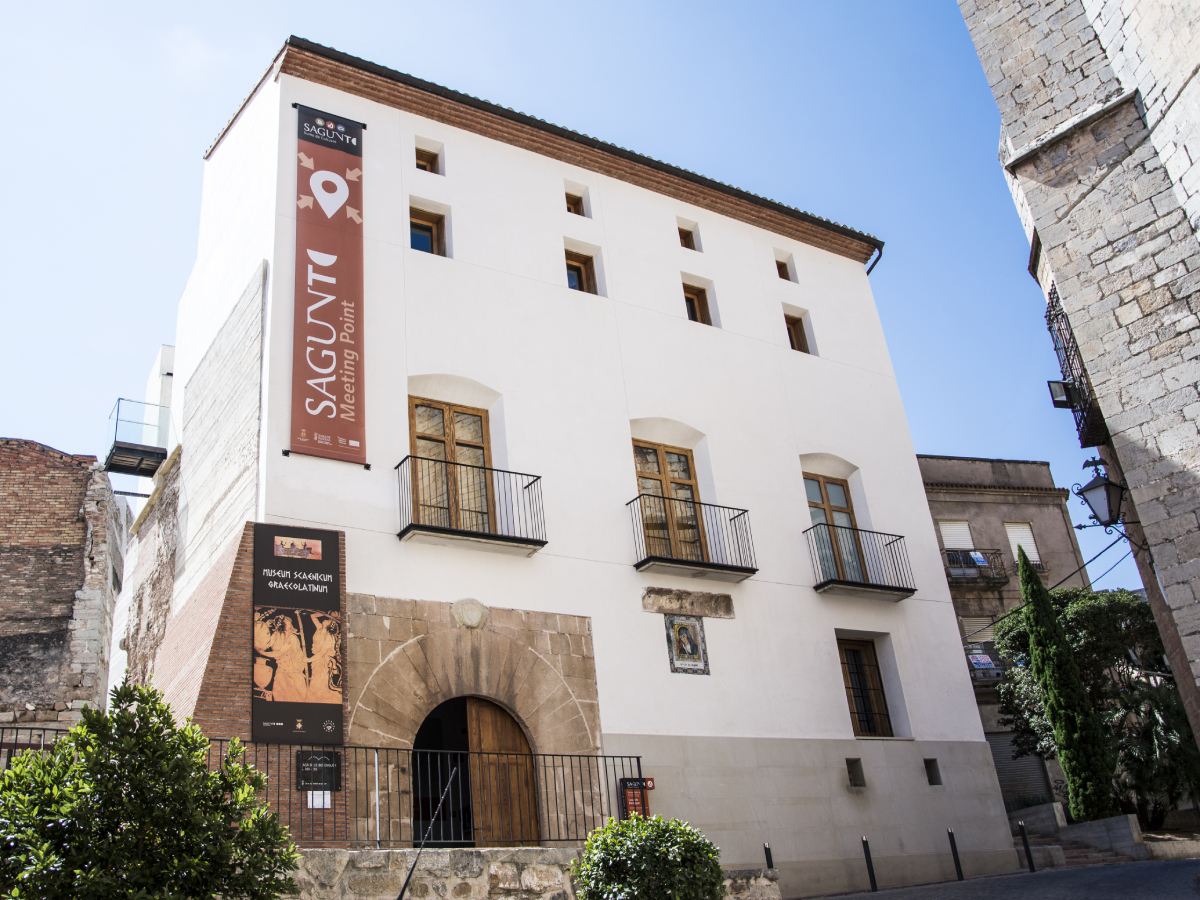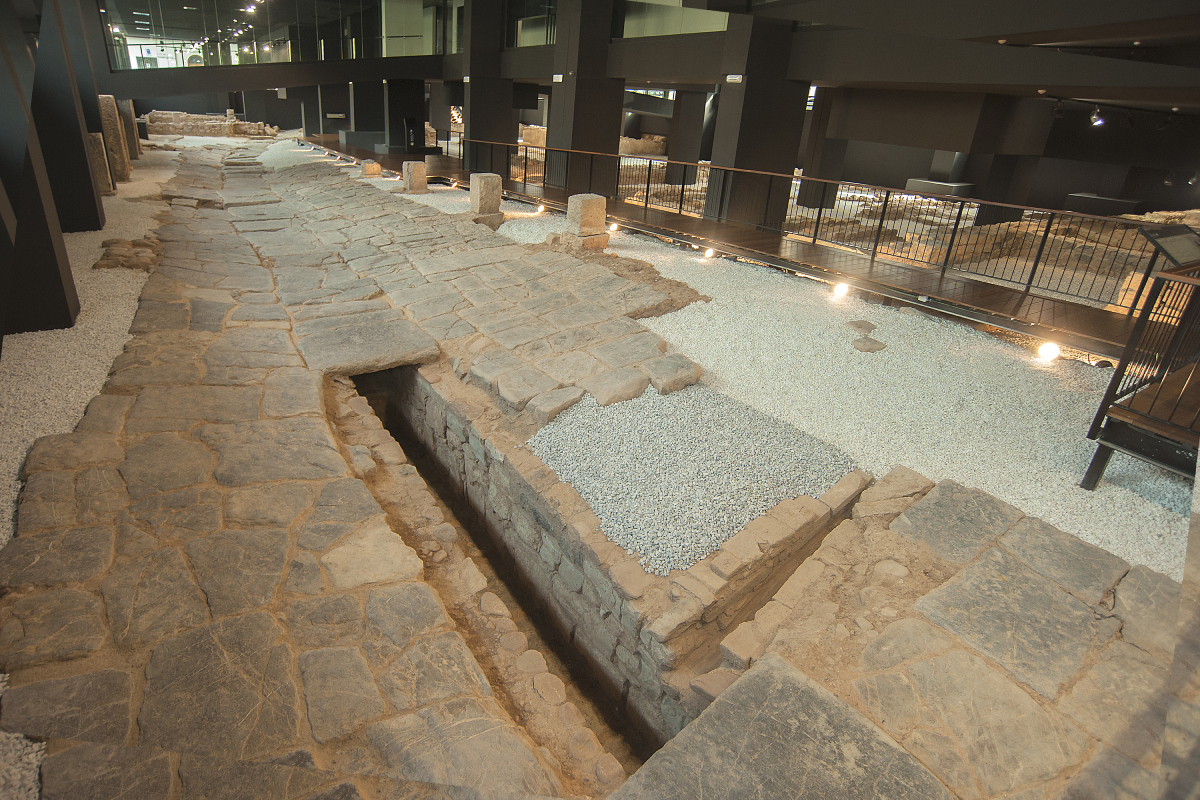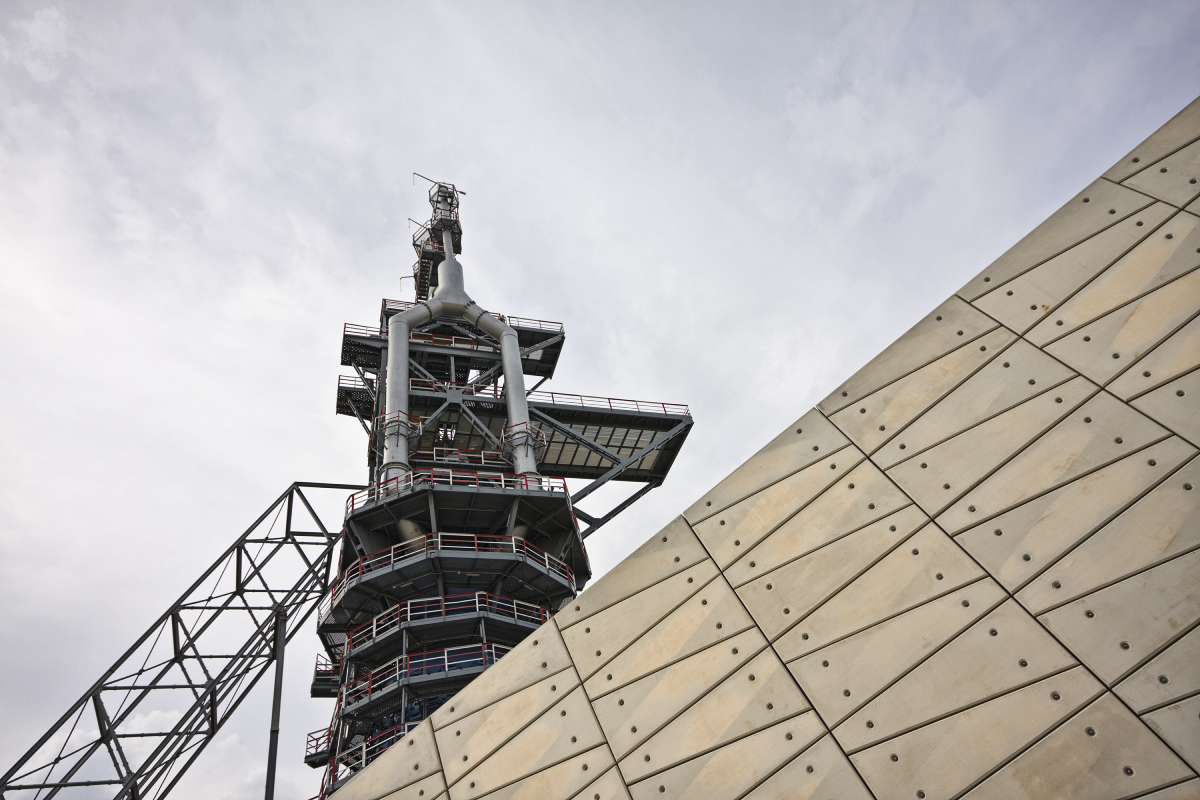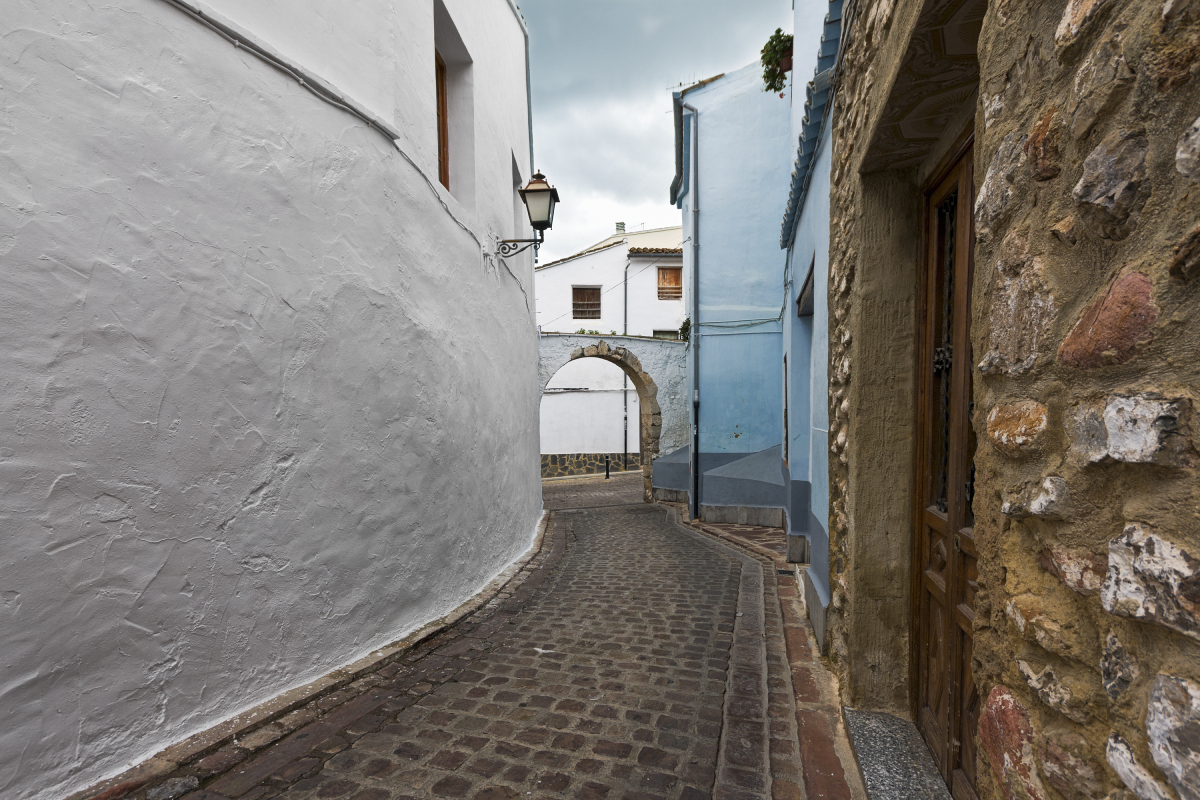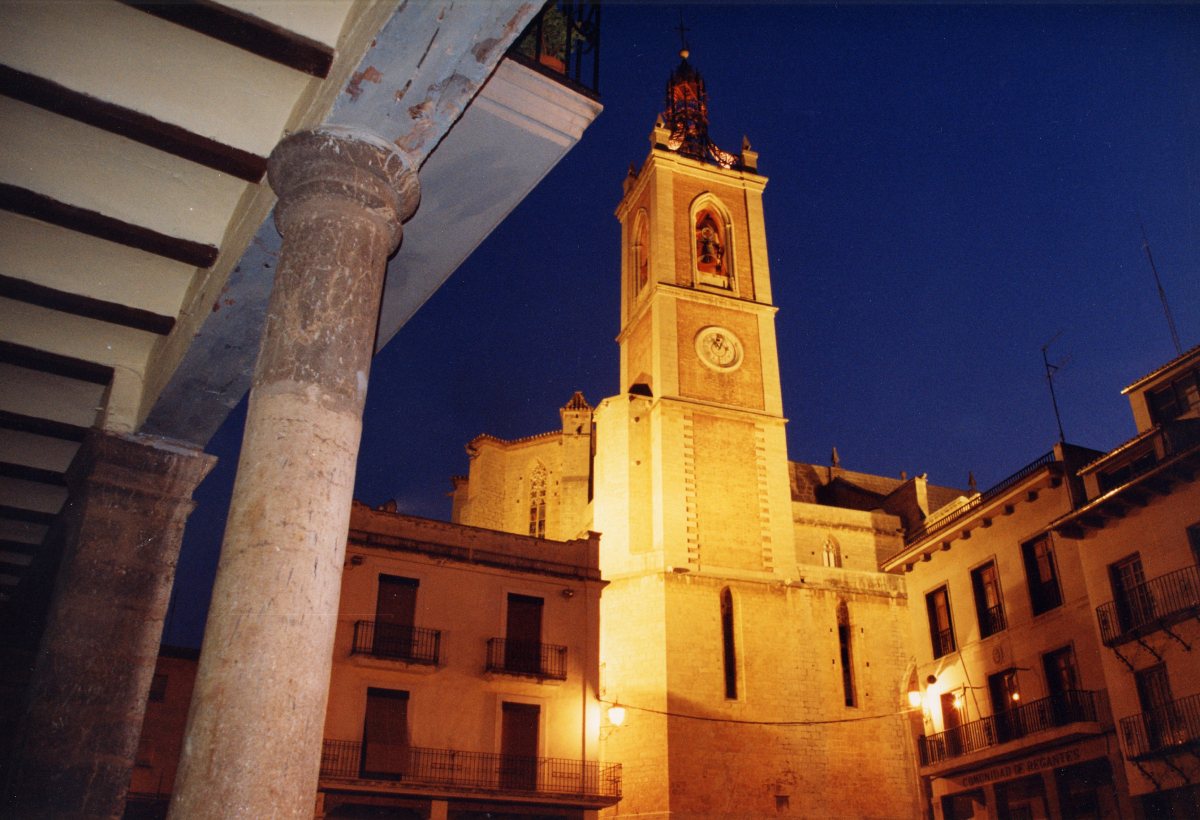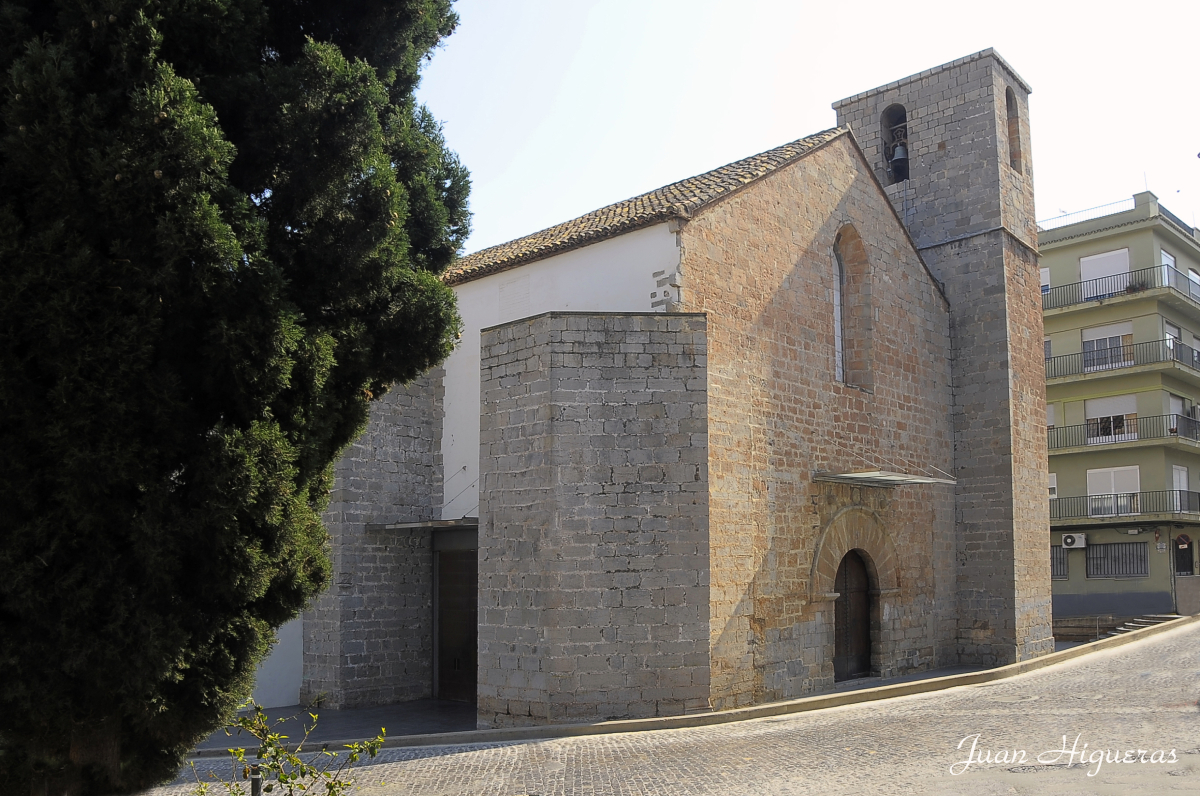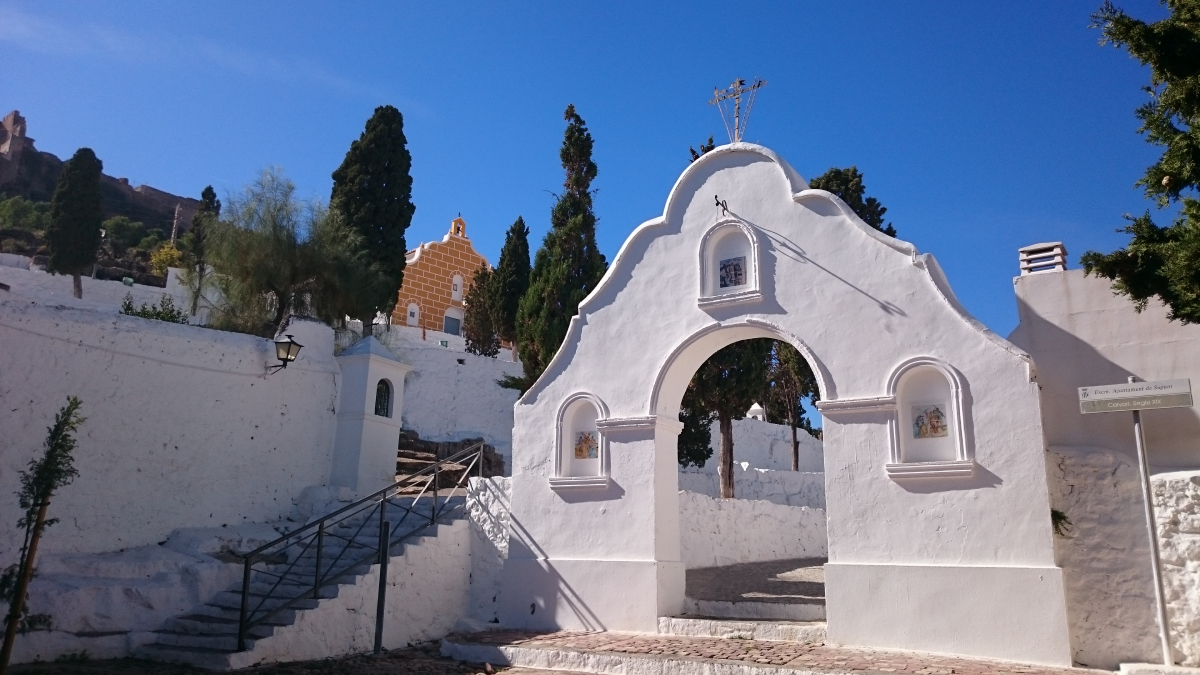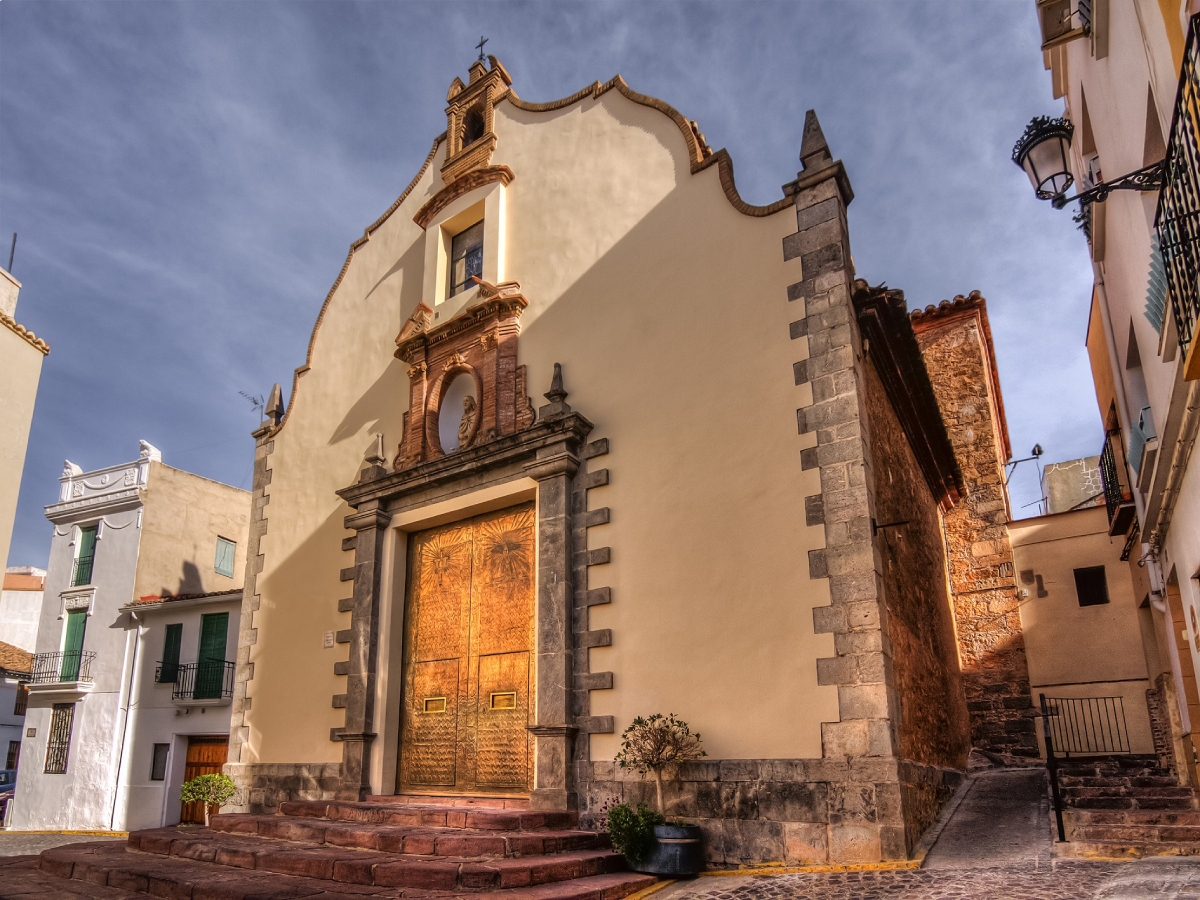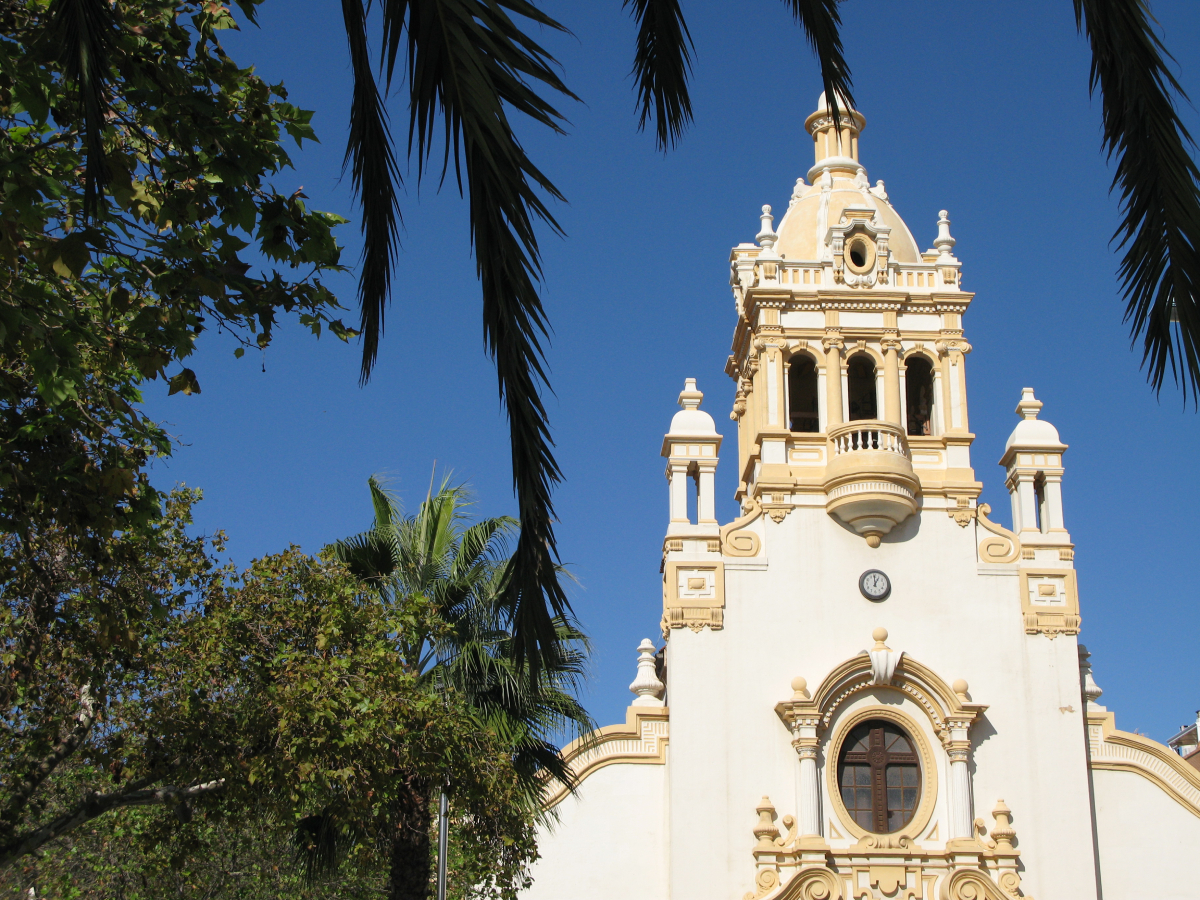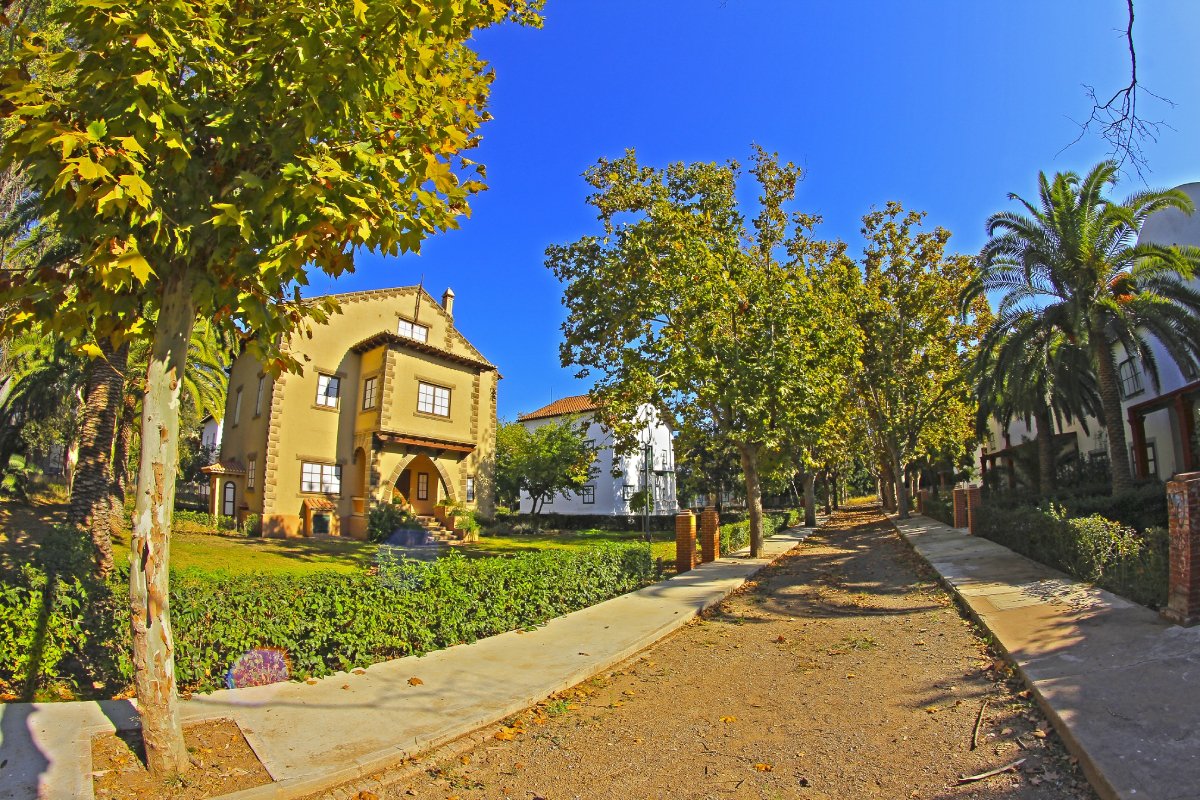Sagunto tells, through its noble stones, the history of the diverse cultures that have passed through over the centuries. A stroll through its old town is like a journey through time because of the importance of the historical and archaeological heritage of this city.
The urban area of Puerto Sagunto is one of the last factory –town in Spain and offers an overview of its industrial past. It is member of the European Route of Industrial Heritage- ERIH. Visitors can discover a preserved Blast Furnace, which is the only one that can be visited in Spain.
Sagunto is Capital of the Romanization. It has the only Roman Theatre in the Comunidad Valenciana, and also it was the first monument with the category or national heritage in Spain.
And, there is the old Jewish quarter which preserves its original medieval layout. It is the only one in the Comunidad Valenciana that is in the Route of Spanish Jewish Quartiers – Red de Juderías de España.
Sagunto situated in a privileged location it is a crossroad of cultures. Thus, it is also in the Holy Grail Route to Valencia.


 Español
Español Valenciano
Valenciano